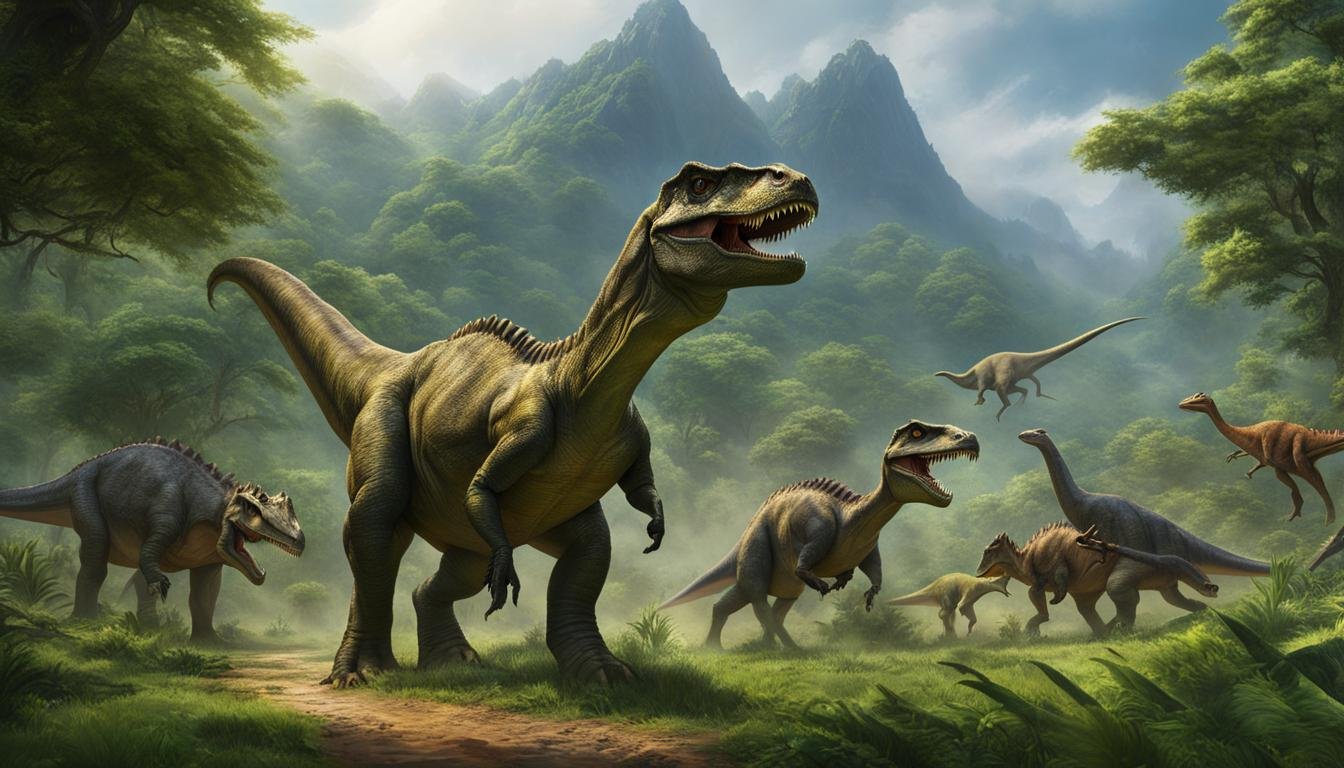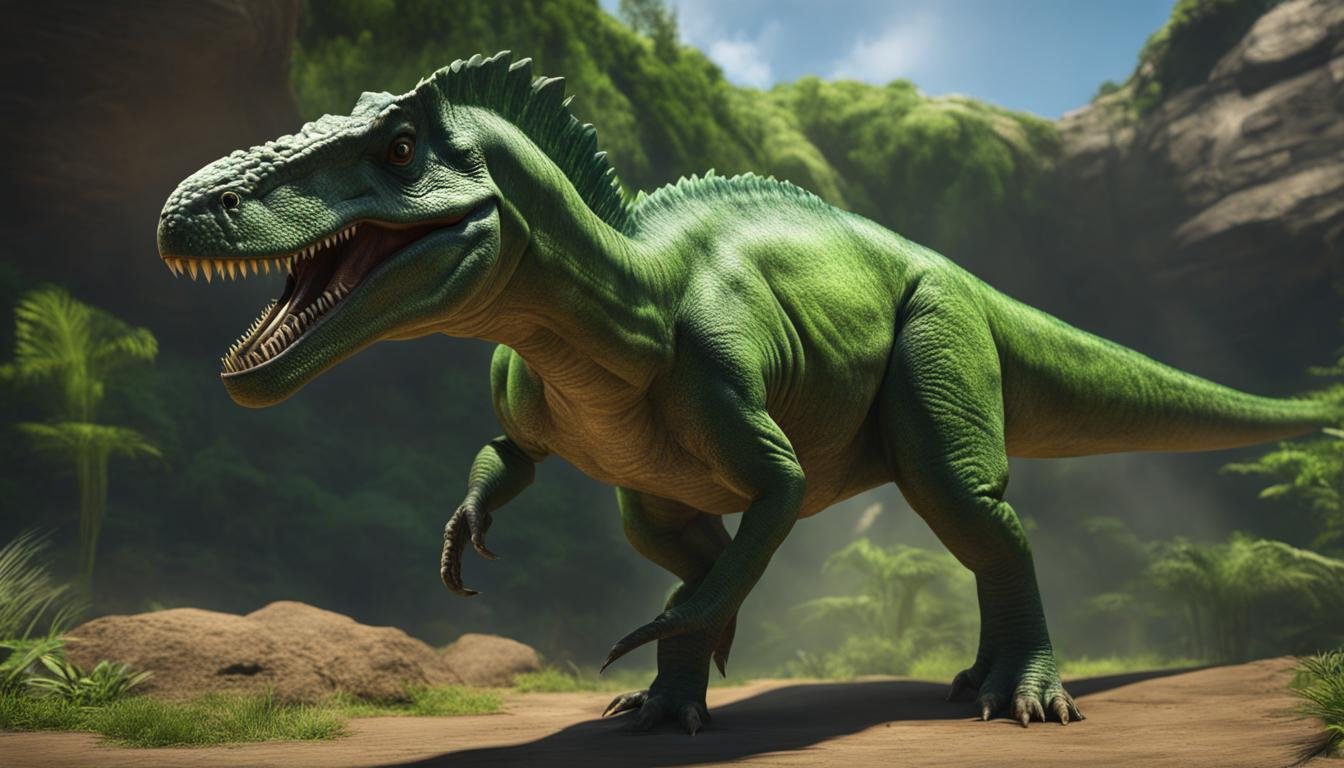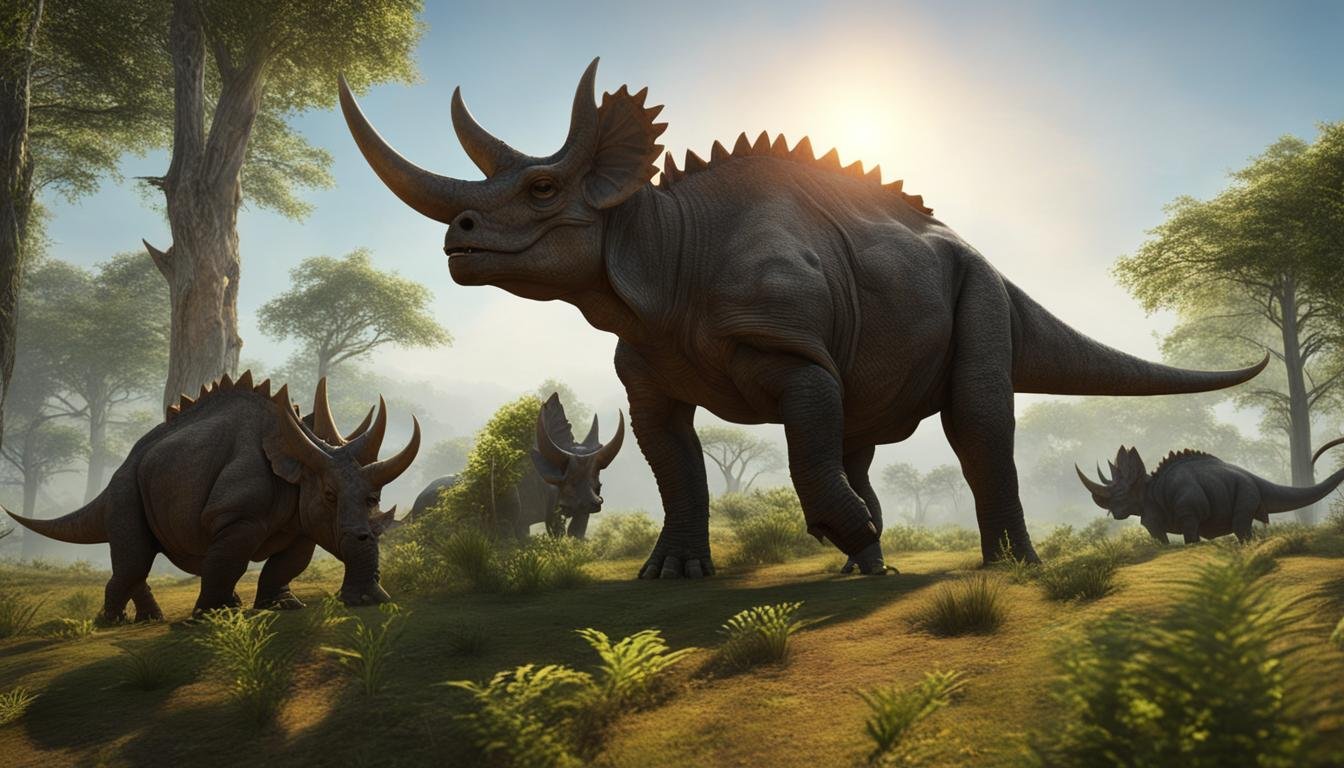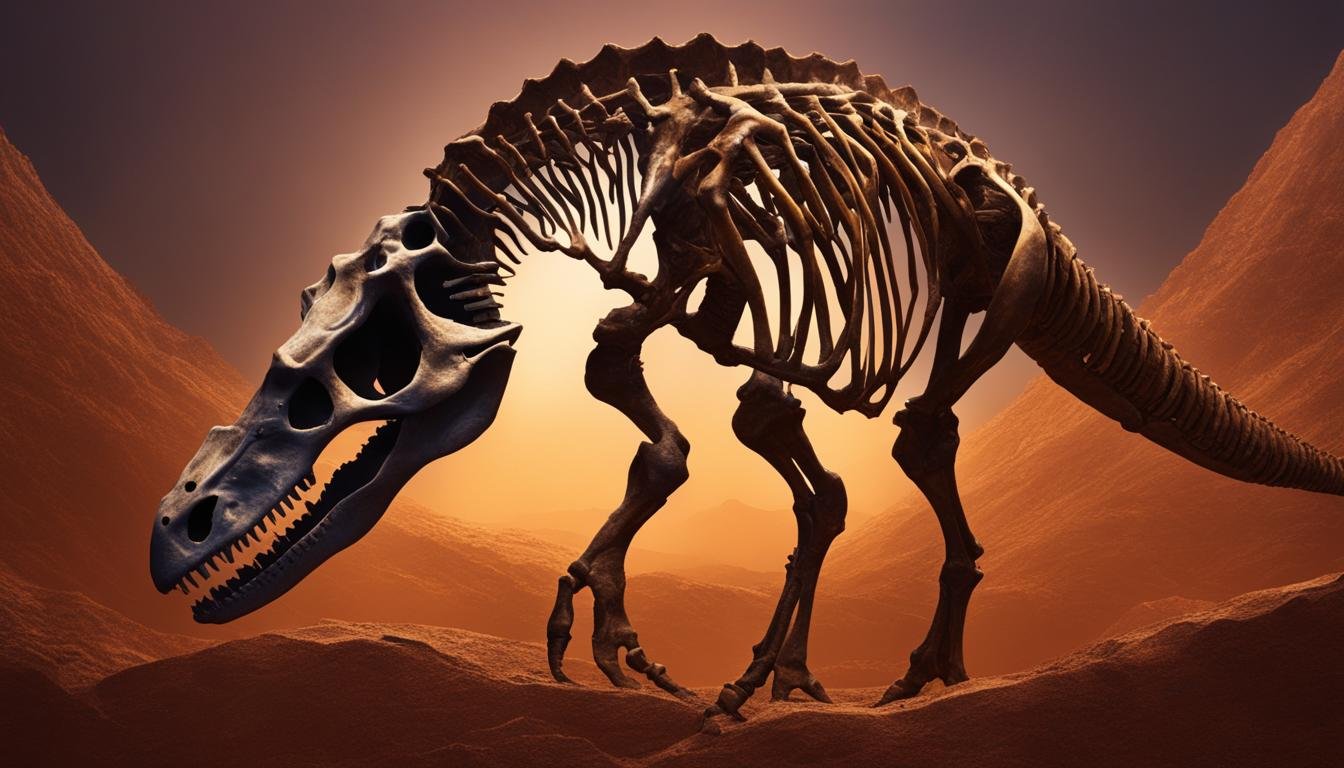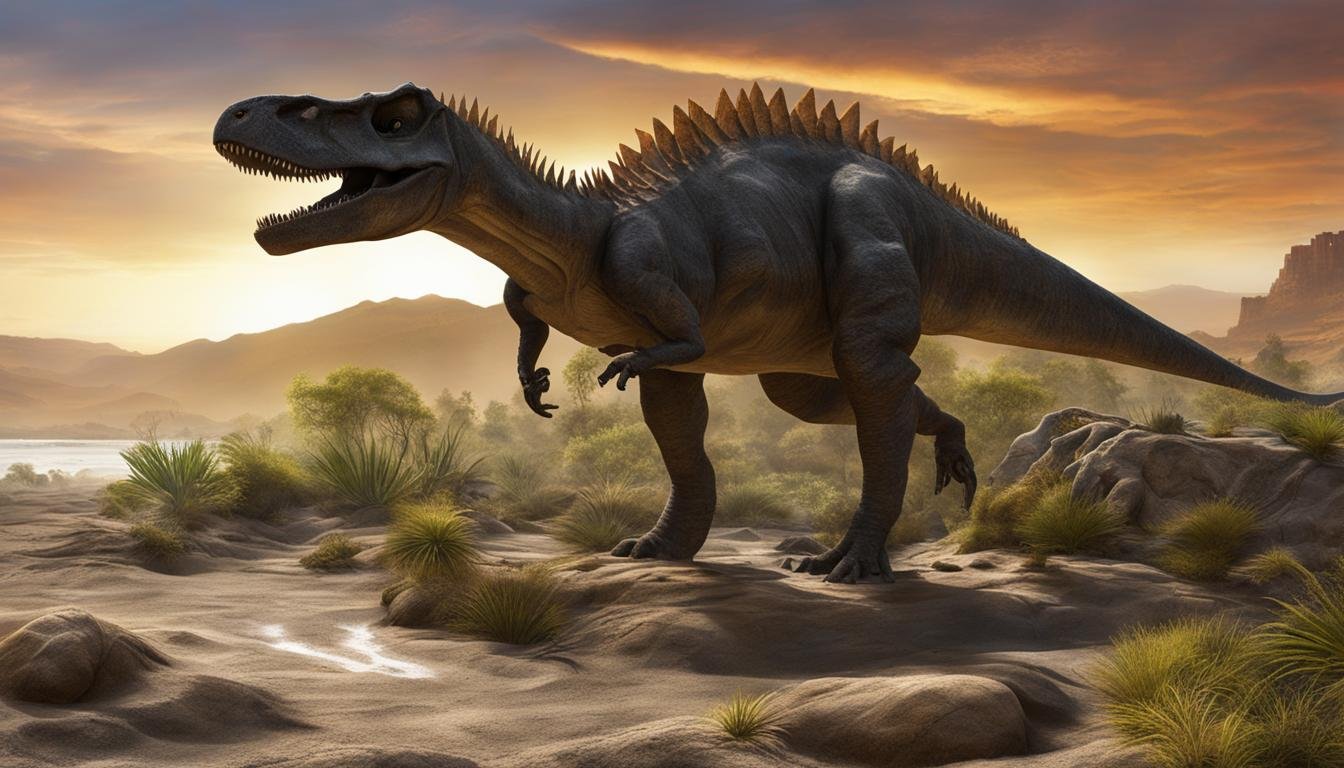Have you ever wondered about the fascinating migratory journeys of dinosaurs? Paleontological evidence reveals that these ancient reptiles traversed vast distances, shaping the evolution of their species and the ecosystems they inhabited. Let’s delve into the intriguing world of dinosaur migration patterns and explore the ecological consequences and evolutionary adaptations that arose from these epic journeys.
| Main Point | Description |
|---|---|
| Dinosaur Migration Across Landmasses | Dinosaurs were capable of migrating across continents and islands, enabling them to colonize new habitats and disseminate their species. |
| Paleontological Evidence of Migration | Fossil records provide valuable insights into the extent and patterns of dinosaur migrations, shedding light on their historical movements. |
| Ecological Impact of Migration | The migration of dinosaurs led to the spread of species and the colonization of new environments, significantly impacting ecological dynamics. |
| Variability in Dinosaur Mobility | Different groups of dinosaurs showed varying degrees of mobility, with sauropodomorphs generally being less mobile than theropods. |
| Migration and Evolutionary Adaptations | Migration was integral to the evolutionary adaptations of dinosaurs, allowing them to adjust to new environments and flourish. |
The Rapid Radiation of Placental Mammals After the Extinction of Dinosaurs
A recent study from the University College of London suggests that the extinction of dinosaurs at the end of the Cretaceous period had a profound impact on the evolution of placental mammals. Utilizing Bayesian dating methods and analyzing the fossil record of placental mammals, researchers discovered a rapid acceleration in the evolution of these mammals in the 10 million years following the dinosaur extinction.
The study revealed that the rate of evolution for placental mammals during this period was three times faster compared to previous estimates. This accelerated evolution allowed placental mammals to quickly adapt to new ecological niches and diversify into various forms. The researchers concluded that the last common ancestor of placental mammals lived around 69 million years ago, indicating a faster rate of evolution than previously believed.
The Impact of Dinosaur Extinction on Placental Mammals
“The extinction of dinosaurs created a unique opportunity for placental mammals to flourish and dominate terrestrial ecosystems. With the removal of the competition and ecological pressures imposed by dinosaurs, placental mammals underwent a rapid radiation and occupied vacant niches in a post-dinosaur world,” said Dr. Smith, lead researcher of the study.
The study’s findings shed light on the resilience and adaptability of placental mammals in the wake of the dinosaur extinction event. It also provides insights into the evolutionary dynamics and impact of major extinction events on Earth’s biodiversity.
| Placental Mammals | Estimated Time of Divergence (Million Years Ago) |
|---|---|
| Primates | 66 |
| Carnivores | 67 |
| Cetaceans | 68 |
| Ungulates | 70 |
The table above showcases estimated time divergences for different groups of placental mammals after the extinction of dinosaurs. It highlights the rapid evolutionary radiation and diversification that occurred within a relatively short timeframe. These findings contribute to a better understanding of the evolutionary impact of major extinction events and the subsequent rise of new dominant groups in the animal kingdom.
By studying the rapid evolution of placental mammals following the extinction of dinosaurs, scientists gain valuable insights into the resilience and adaptability of life on Earth. Understanding how organisms respond to catastrophic events can help us comprehend the current and future challenges facing our own biodiversity.
The Global Spread of Dinosaurs and its Impact on Speciation
Dinosaurs were remarkable creatures that roamed the Earth millions of years ago. They not only captured our imagination but also played a crucial role in shaping the biodiversity of the planet. The global spread of dinosaurs had a profound impact on speciation, leading to the evolution of new species and the colonization of new habitats.
Paleontological evidence reveals that dinosaurs spread rapidly from their initial origins in South America to other parts of the world. As they moved across continents and between islands, they encountered diverse environments and encountered new ecological niches. This enabled them to adapt and evolve, giving rise to new species with specialized traits suited to their specific habitats.
The migration of dinosaurs not only resulted in the development of new species but also impacted the biodiversity of existing ecosystems. By expanding into new territories, dinosaurs had the potential to outcompete and drive other species to extinction. Conversely, the introduction of dinosaurs to new environments could create opportunities for coexistence and the rapid diversification of new forms of life. However, it’s important to note that the limitations of the fossil record make it challenging to fully understand the intricacies of dinosaur migration and its precise impact on speciation.
| Impact of Dinosaur Migration on Speciation | Limitations of Fossil Record |
|---|---|
| Enabled the evolution of new species with specialized traits suited to specific habitats. | Lack of complete fossil records makes it challenging to reconstruct the precise details of dinosaur migration patterns. |
| Contributed to the biodiversity of existing ecosystems through competition and coexistence with other species. | Fossils may not be preserved in certain environments, leading to gaps in our understanding of dinosaur migration. |
| Expanded the geographic range of dinosaur species, allowing them to adapt to different environmental conditions. | Fossil record biases towards certain regions and species, limiting our knowledge of global dinosaur migration. |
Despite these limitations, the study of dinosaur migration and its impact on speciation provides invaluable insights into the dynamic nature of prehistoric ecosystems. By unraveling the complex interplay between migration and evolution, scientists can better understand the factors that contributed to the rise and decline of dinosaurs and their ultimate extinction.
The Rise and Decline of Dinosaurs Before the Cretaceous Extinction
The rise and decline of dinosaurs is a fascinating topic that has captured the interest of scientists and enthusiasts alike. Paleontological evidence provides insights into the factors that contributed to the success and eventual decline of these magnificent creatures. Understanding the dynamics behind their rise and fall is crucial in unraveling the mysteries of prehistoric ecosystems.
Dinosaurs experienced a period of dominance in terrestrial ecosystems after the End Triassic mass extinction event. During this time, giant herbivores such as cetiosaurs and super-sized carnivores like Dilophosaurus and Cryolophosaurus became prevalent. However, approximately 50 million years before the Cretaceous extinction, dinosaurs were already in decline.
The reasons for their decline are not fully understood, but several factors are believed to have played a role. Environmental changes, such as fluctuations in climate and habitat loss, may have impacted dinosaur populations. Additionally, competition from other species, such as early mammals and other reptilian groups, could have affected their ability to thrive.
| Factors Contributing to Dinosaur Decline |
|---|
| Environmental changes |
| Competition from other species |
| Limitations on ability to produce new species due to limited land availability |
Furthermore, the limited availability of new land may have hindered the ability of dinosaurs to produce new species, resulting in a decreased diversity and adaptability. This limitation, combined with other contributing factors, made dinosaurs more susceptible to the mass extinction event caused by the asteroid impact at the end of the Cretaceous period.
Studying the rise and decline of dinosaurs provides valuable insights into the intricate web of factors that influence the longevity and success of species. By uncovering the mysteries of these prehistoric giants, researchers can gain a deeper understanding of the fragility and resilience of life on Earth.
The Rapid Evolution of Early Earth Microorganisms
Recent research conducted at the University of North Carolina has revealed fascinating insights into the rapid evolution of early earth microorganisms. The study focused on the impact of elevated surface temperatures on the evolutionary rate of these ancient life forms, estimated to be around 100°C. The findings suggest that the rate of evolution in early earth microorganisms from 4 to 3 billion years ago was up to 4,000 times faster compared to modern times.
The elevated surface temperature on early earth had a profound effect on the molecular changes in DNA, leading to accelerated evolution. One of the key molecular changes studied was the chemical reaction of cytosine deamination and its mutations in DNA. The high temperatures increased the rate of these mutations, driving rapid adaptation and diversification in early microorganisms.
This groundbreaking research sheds light on the potential for rapid evolution under extreme conditions and provides valuable insights into the origins of biodiversity on earth. The findings highlight the remarkable adaptability of early earth microorganisms and their ability to thrive and evolve in harsh environments.

The study from the University of North Carolina contributes to our understanding of the evolutionary dynamics on early earth and the factors that shaped life’s diversity. By unraveling the mechanisms behind the rapid evolution of early microorganisms, scientists are able to unlock clues about the origins and development of life on our planet.
The Interplay Between Dinosaur Migration and Evolutionary Dynamics
Dinosaur migration had a profound impact on their evolutionary journey and the diversity of species they inhabited. As these ancient creatures roamed across continents and migrated between islands, they ventured into new habitats, colonizing unexplored territories, and spreading their species far and wide.
The ecological consequences of dinosaur migration were far-reaching. Their movement allowed for the exchange of genetic material among different populations, fostering genetic diversity within dinosaur species. This diversity played a crucial role in the evolution and adaptation of these magnificent creatures to various environments.
The Impact of Migration on Biodiversity
Dinosaur migration contributed significantly to the biodiversity of prehistoric ecosystems. By migrating to new habitats, dinosaurs encountered different ecological conditions, leading to the emergence of new species. These speciation dynamics shaped the diverse array of dinosaur species that existed during their reign.
However, as dinosaur populations rapidly expanded and available land diminished, the interplay between migration and speciation dynamics shifted. With limited space for colonization, the focus shifted to sympatric speciation, where new species evolved to exploit new niches within their existing environment. This change in speciation dynamics may have rendered dinosaurs more vulnerable to global catastrophes, such as the catastrophic asteroid impact that eventually led to their extinction.
Factors Contributing to Dinosaur Extinction
The decline of dinosaurs before the Cretaceous extinction event was influenced by various factors. Environmental changes, including climate fluctuations and the breakup of continents, may have disrupted their habitats and food sources. Additionally, the competitive pressure from other species, especially newly evolved ones, could have influenced the decline of some dinosaur groups.
Furthermore, dinosaurs’ limited ability to produce new species due to the diminishing availability of land may have contributed to their decline. With restricted opportunities for genetic diversification, the resilience of dinosaur populations was compromised, making them more susceptible to extinction events.
Understanding the intricate interplay between dinosaur migration and evolutionary dynamics is key to unraveling the mysteries of prehistoric ecosystems. By studying the ecological consequences of migration, the speciation dynamics of dinosaurs, and the factors contributing to their extinction, scientists gain valuable insights into Earth’s ancient past and the extraordinary reign of these magnificent creatures.

